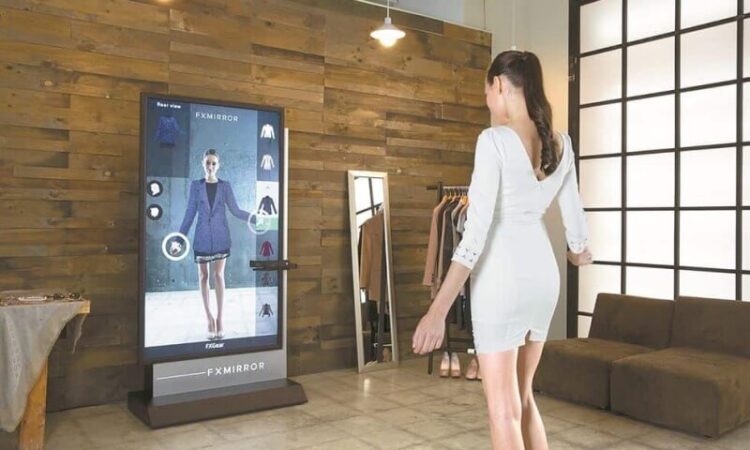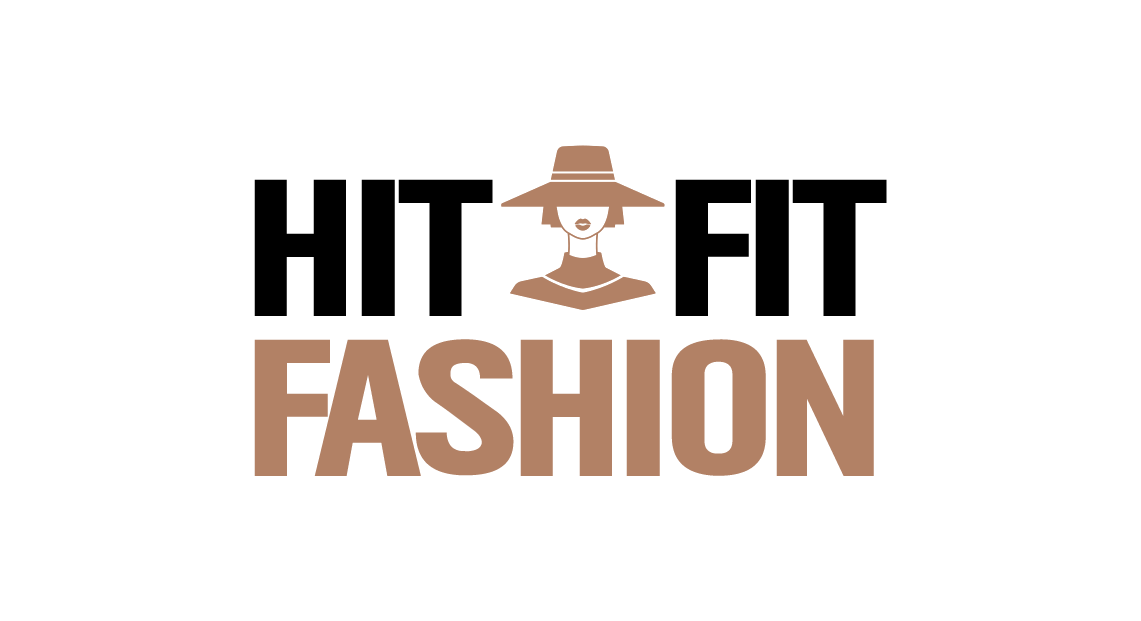
A clothing store simulator helps you create effective promotional displays in the following ways:
- Design Flexibility: Experiment with various promotional display layouts, sizes, and configurations to find the most effective design for your promotion.
- Visual Merchandising: Create visually appealing promotional displays that attract attention and encourage customers to make purchases.
- Product Highlighting: Showcase promotional items prominently to increase visibility and drive sales.
- Themed Displays: Design displays that align with your promotional theme to create a cohesive and engaging shopping experience.
- Interactive Elements: Incorporate interactive displays and digital signage to provide additional information about promotional items and encourage customer engagement.
- Realistic Simulation: Visualize how promotional displays will look in your store environment with realistic 3D simulations.
- Scalability: Easily replicate successful promotional displays across multiple store locations to ensure consistency and brand coherence.
- Data-Driven Decisions: Use data analytics to track customer interactions with promotional displays and optimize future promotional strategies.
- Quick Iterations: Experiment with multiple promotional display concepts and make quick iterations to find the most effective design.
- Real-Time Feedback: Gather real-time feedback from customers on promotional displays to identify areas for improvement and make adjustments as needed.
By providing tools and features that help you create visually appealing and effective promotional displays, a clothing store simulator helps you drive customer engagement, increase sales, and enhance the overall shopping experience.
How Does a Clothing Store Simulator Help You with Hands-On Experience?
A clothing store fashion simulator provides hands-on experience in the following ways:
- Virtual Store Design: Allows users to design and customize store layouts, decor, and displays in a realistic 3D environment.
- Interactive Design Tools: Provides intuitive drag-and-drop tools that allow users to easily rearrange store elements and experiment with different design options.
- Customizable Templates: Offers customizable templates and pre-designed layouts that users can modify and adapt to suit their needs.
- Realistic Simulation: Provides a realistic 3D simulation of a clothing store environment, allowing users to visualize how different design elements will look and function in real-time.
- Remote Collaboration: Facilitates collaboration between team members, designers, and stakeholders, allowing users to work together to create and refine store designs.
- Training Modules: Offers role-based training modules that allow users to learn specific skills and techniques related to store design and merchandising.
- Step-by-Step Guidance: Provides step-by-step guidance and tutorials to help users learn how to use the simulator effectively and create effective store designs.
- Feedback and Evaluation: Allows trainers to evaluate users’ store designs and provide feedback to help them improve their skills.
- Remote Access: Allows users to access the simulator remotely from anywhere with an internet connection, providing flexibility and convenience.
- Cost-Effective Training: Saves costs on physical training materials and travel expenses associated with in-person training sessions.
By providing a hands-on learning experience in a realistic virtual environment, a clothing store simulator helps users develop the skills and knowledge they need to design effective store layouts, decor, and displays that drive sales and customer satisfaction.




